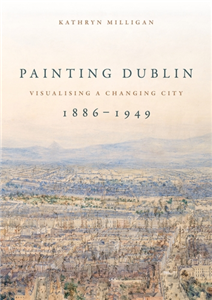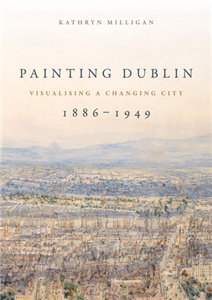The encompassing city
Streetscapes in early modern art and culture
by Stuart Blumin
The streetscape - the closely observed, faithfully rendered view of the city's streets, squares, canals, buildings and people - was a new artistic genre of the early modern era, a period in which the city itself was assuming new forms and taking on new roles in Europe and America. This unique book reopens the window of the early city view makers by tracing earlier forms of urban representation in European art into the sudden coalescence of the new genre in Italy and the Low Countries during the middle years of the seventeenth century. It explores the rapid expansion and diffusion of the genre through the eighteenth century, its appeal to such artists as Canaletto, Bernardo Bellotto, Francesco Guardi, and Giovanni Battista Piranesi, and its embrace of a culture of secular improvement more commonly understood through the writings of Enlightenment philosophes. To examine the long history of the genre is to learn much about the early modern city, and to rediscover many beautiful and long-forgotten works of art. ;












